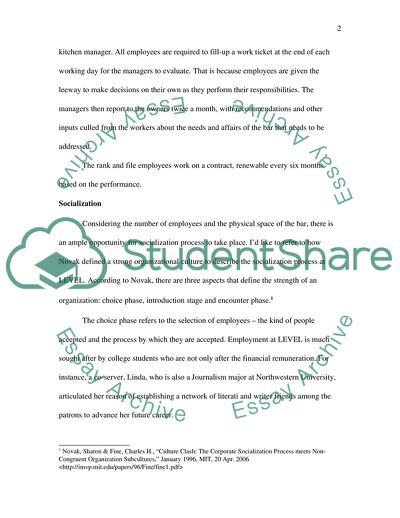Cite this document
(Socialization Process Personal Statement Example | Topics and Well Written Essays - 1250 words, n.d.)
Socialization Process Personal Statement Example | Topics and Well Written Essays - 1250 words. https://studentshare.org/social-science/1703917-social-science-socialization-into-an-institution
Socialization Process Personal Statement Example | Topics and Well Written Essays - 1250 words. https://studentshare.org/social-science/1703917-social-science-socialization-into-an-institution
(Socialization Process Personal Statement Example | Topics and Well Written Essays - 1250 Words)
Socialization Process Personal Statement Example | Topics and Well Written Essays - 1250 Words. https://studentshare.org/social-science/1703917-social-science-socialization-into-an-institution.
Socialization Process Personal Statement Example | Topics and Well Written Essays - 1250 Words. https://studentshare.org/social-science/1703917-social-science-socialization-into-an-institution.
“Socialization Process Personal Statement Example | Topics and Well Written Essays - 1250 Words”. https://studentshare.org/social-science/1703917-social-science-socialization-into-an-institution.


